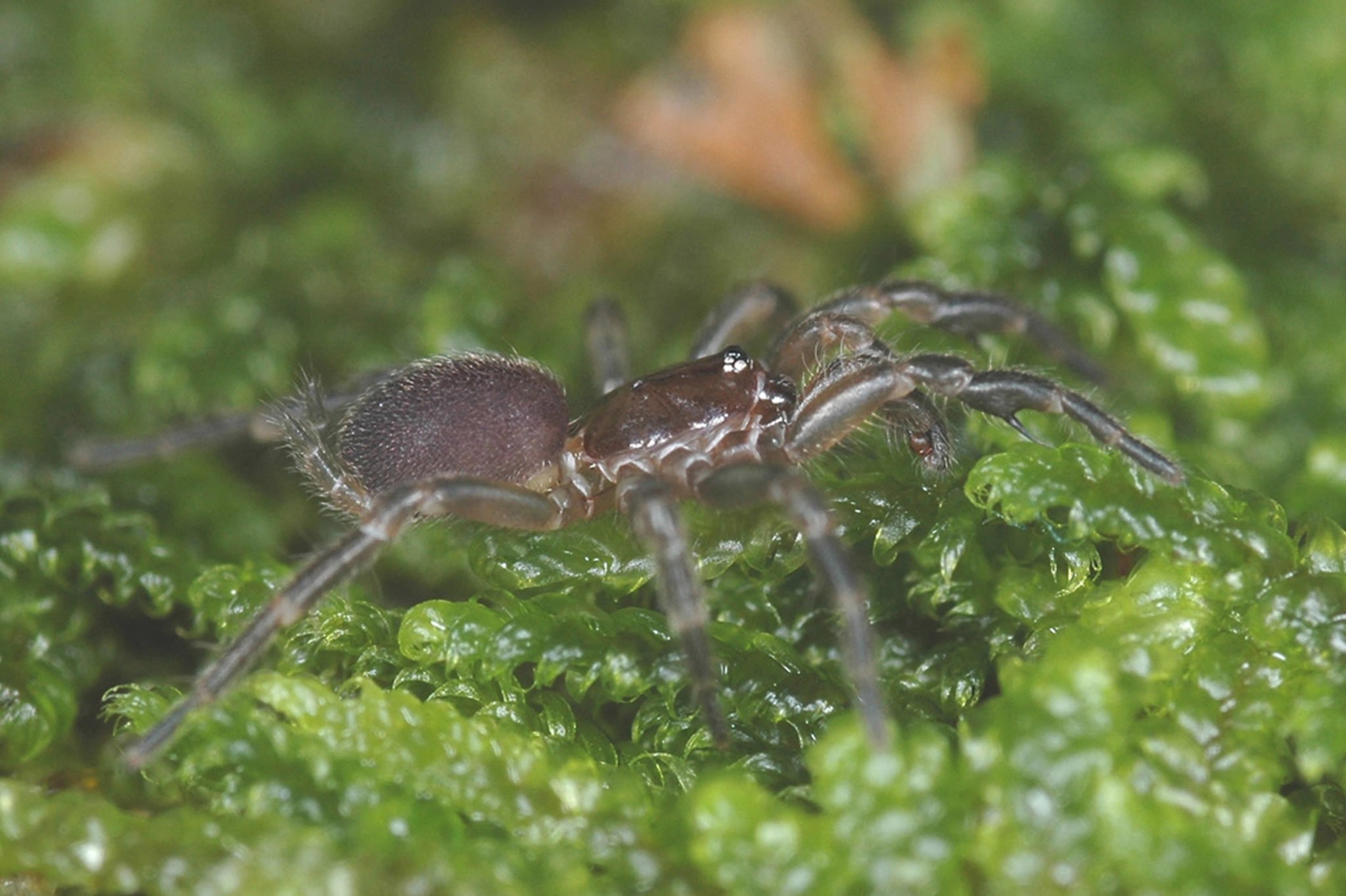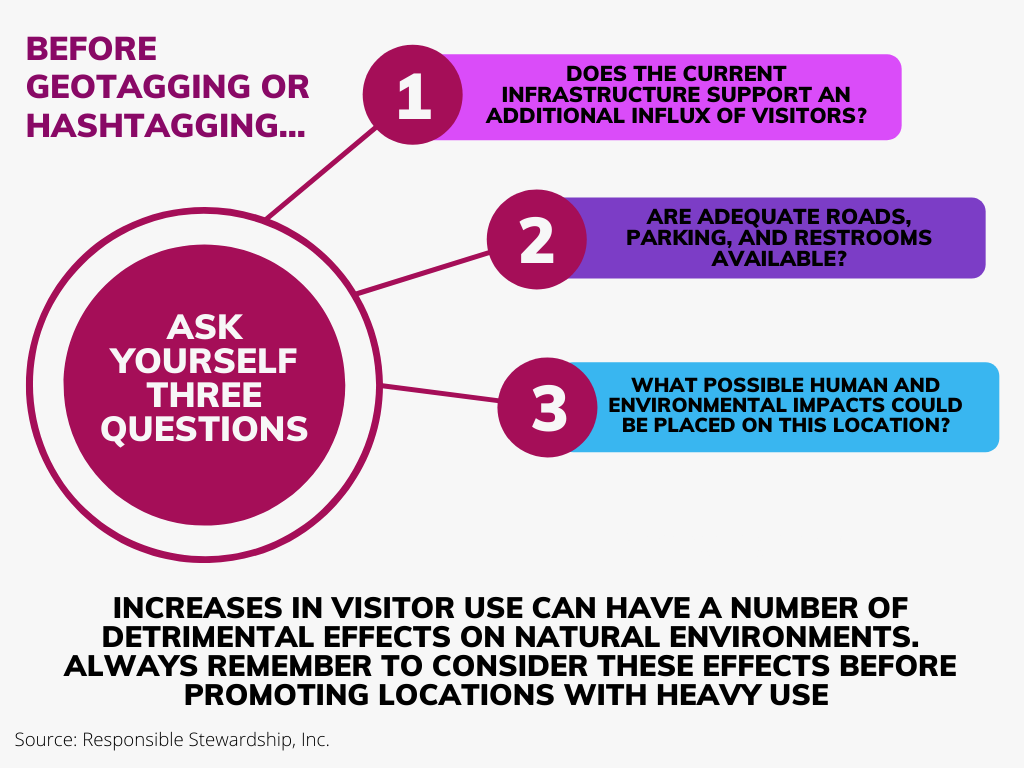
Planning Your Visit to the Roan Highlands

The Roan Highlands are a series of high elevation mountains that stretch along the North Carolina and Tennessee border. The Roan encompasses a 20-mile massif (a tight cluster of peaks and ridges) in total. This area contains many peaks reaching over 5,000 feet - leading to unique ecological conditions that host a number of rare species.
Roan Mountain is one of the highest summits in the eastern U.S., reaching 6,285 feet at its summit. The area’s rich and diverse scenery - including Appalachian balds and high elevation spruce-fir forest stands - attract visitors from around the world every year. The Roan Highlands are a premier destination for high quality, low impact recreational opportunities. The Roan Highlands can be accessed through several different entry points. Click here for more information.
Please keep in mind:
Parking is limited.
Temperatures at Roan tend to run at least 10-15 degrees colder than those in nearby towns, and the balds can be very windy. This makes for very difficult, uncomfortable (and potentially dangerous) camping conditions - especially at night. Always bring layers when visiting.
The Roan highlands are an incredibly sensitive and unique ecological area (more info below) home to many federally protected species. Visitors must act with this in mind and always treat the area with care and respect.
Unfortunately, the popularity of the Roan Highlands (along with its rich and unique ecological regions) has led to serious issues over the past several years. The recent uptick in outdoor recreation resulting from increased social media promotion, the COVID-19 pandemic, and other factors has exacerbated these issues and placed increased pressure on the Roan. Many newer visitors are unaware of Leave No Trace principles and responsible recreation. Continue reading below for an overview of some of these issues:

Issues at Roan Highlands
-

Parking/road hazards
Easy accessibility and scenic views have led to increased visitor use. Social media publicity and continued promotion for events have exacerbated this issue. The current parking demand greatly exceeds capacity at Carver’s Gap. Cars frequently park haphazardly along highway beyond the Gap in both directions -creating dangerous situations
-

Off trail hiking and camping
Many visitors have been venturing off trail and damaging sensitive plants and wildlife habitat. The Roan Highlands area hosts an assortment of rare, threatened, and endangered species that depend upon its unique ecosystem. Extensive social trail creation from hikers, campers, photographers, blueberry pickers, and more are threatening Roan’s unique species.
-

Resource/habitat damage
Littering, off trail hiking, vandalism, illegal “green” wood harvesting, and more are creating widespread damage to Roan’s natural resources and habitat. Sensitive trees are being killed by campers harvesting live wood from trees, while fire rings are sterilizing the soil and abandoned trash, human waste, and campsite materials are posing risks to both Roan’s ecosystems and visitors.




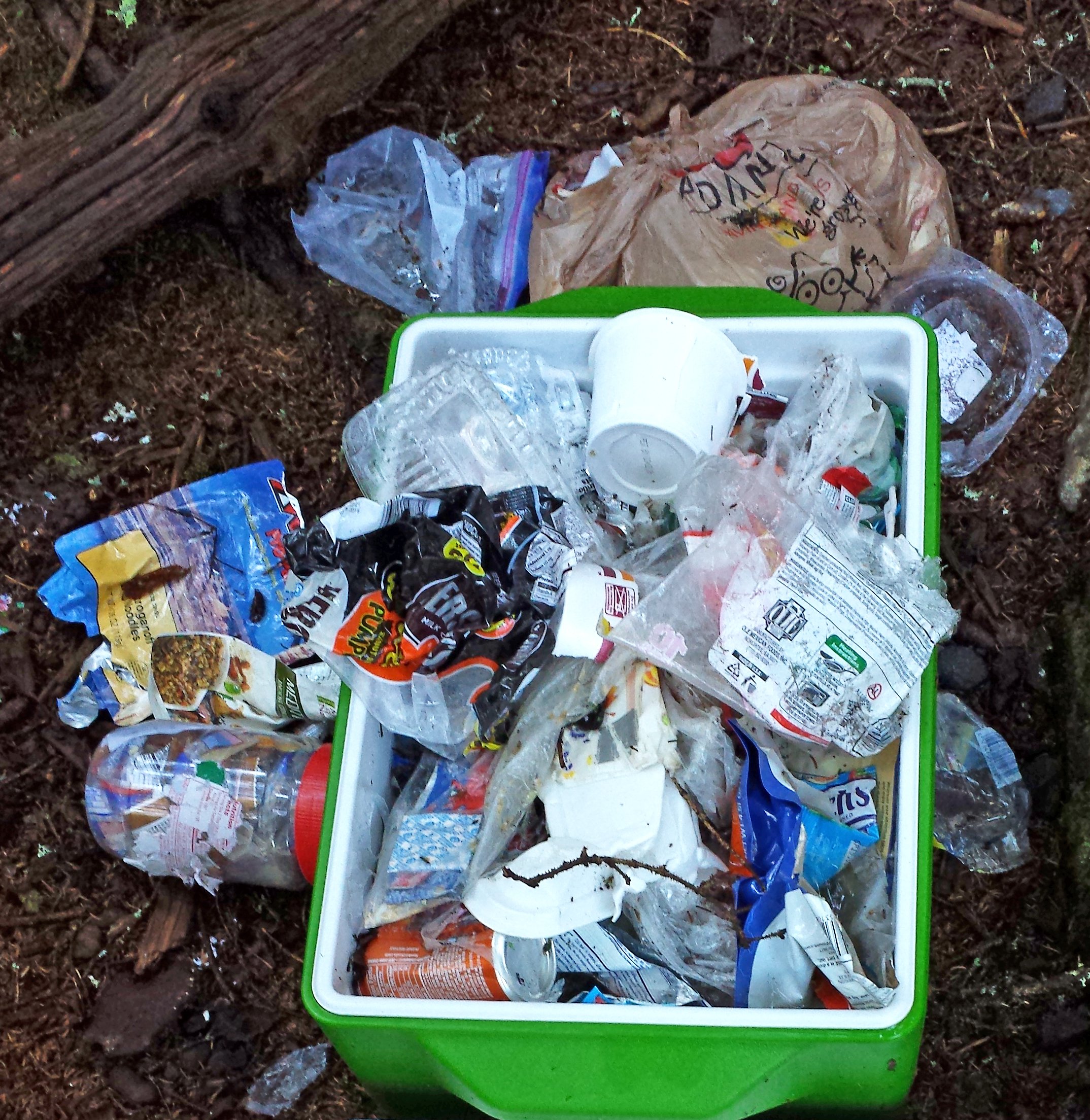

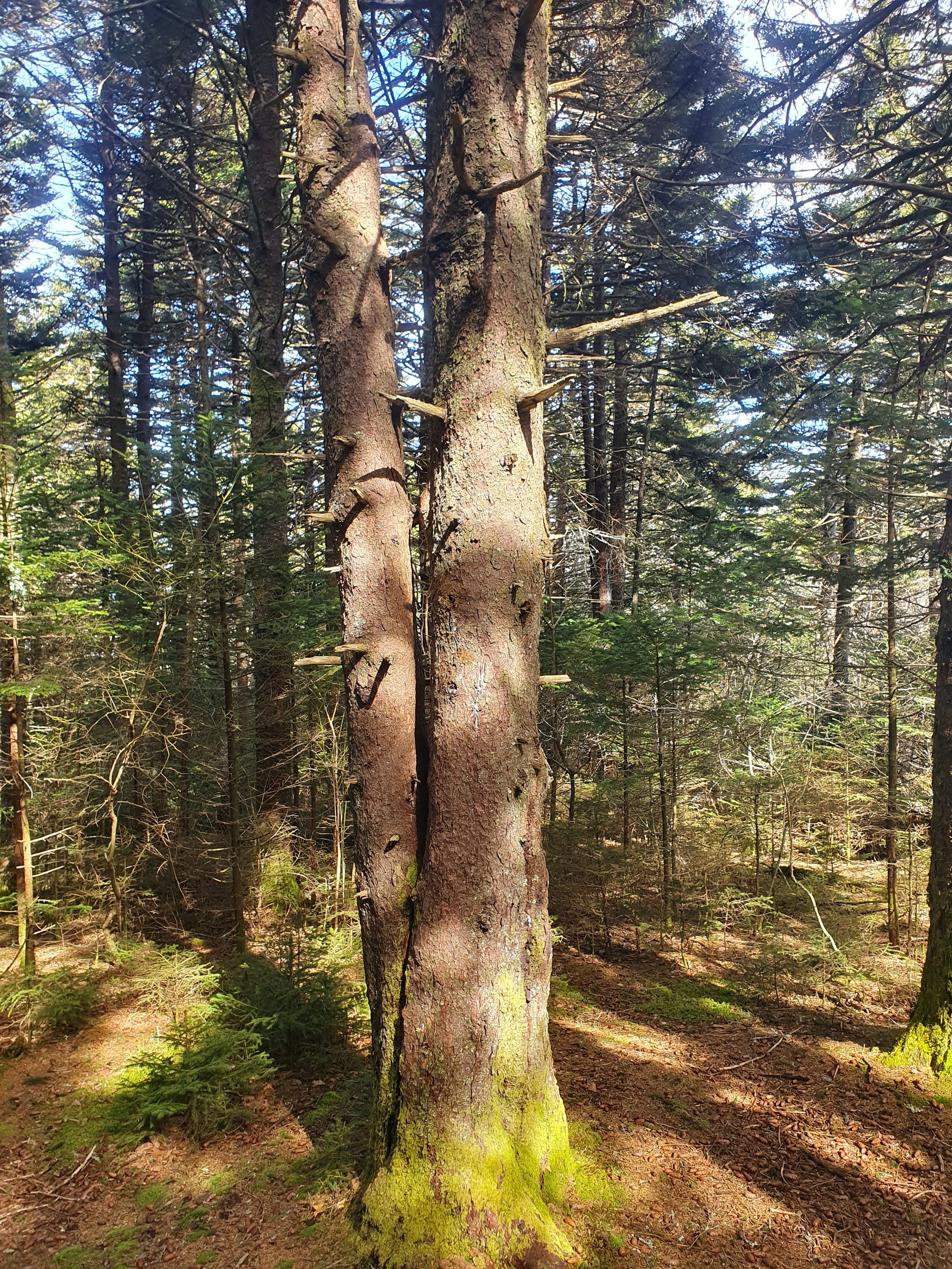

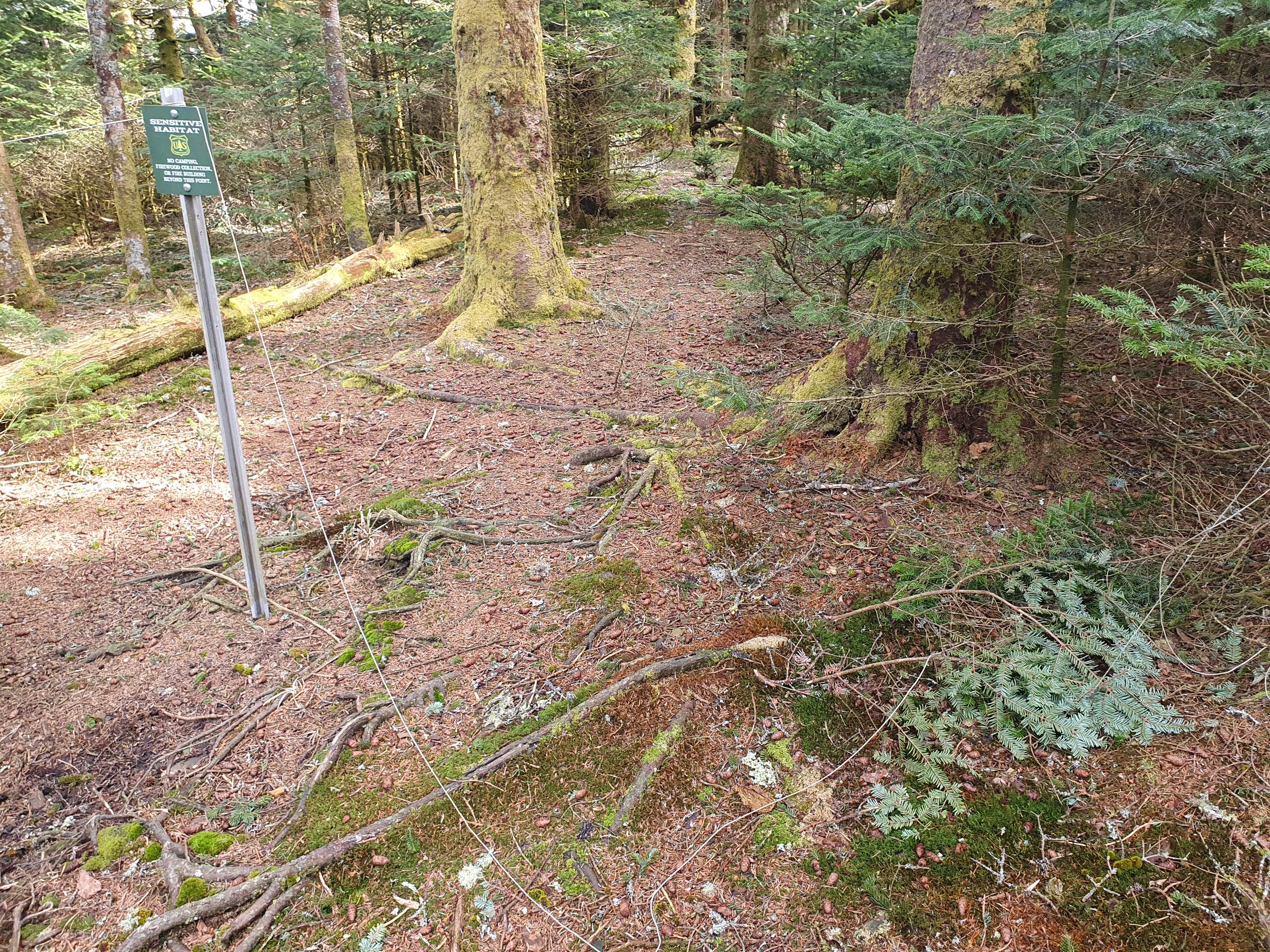




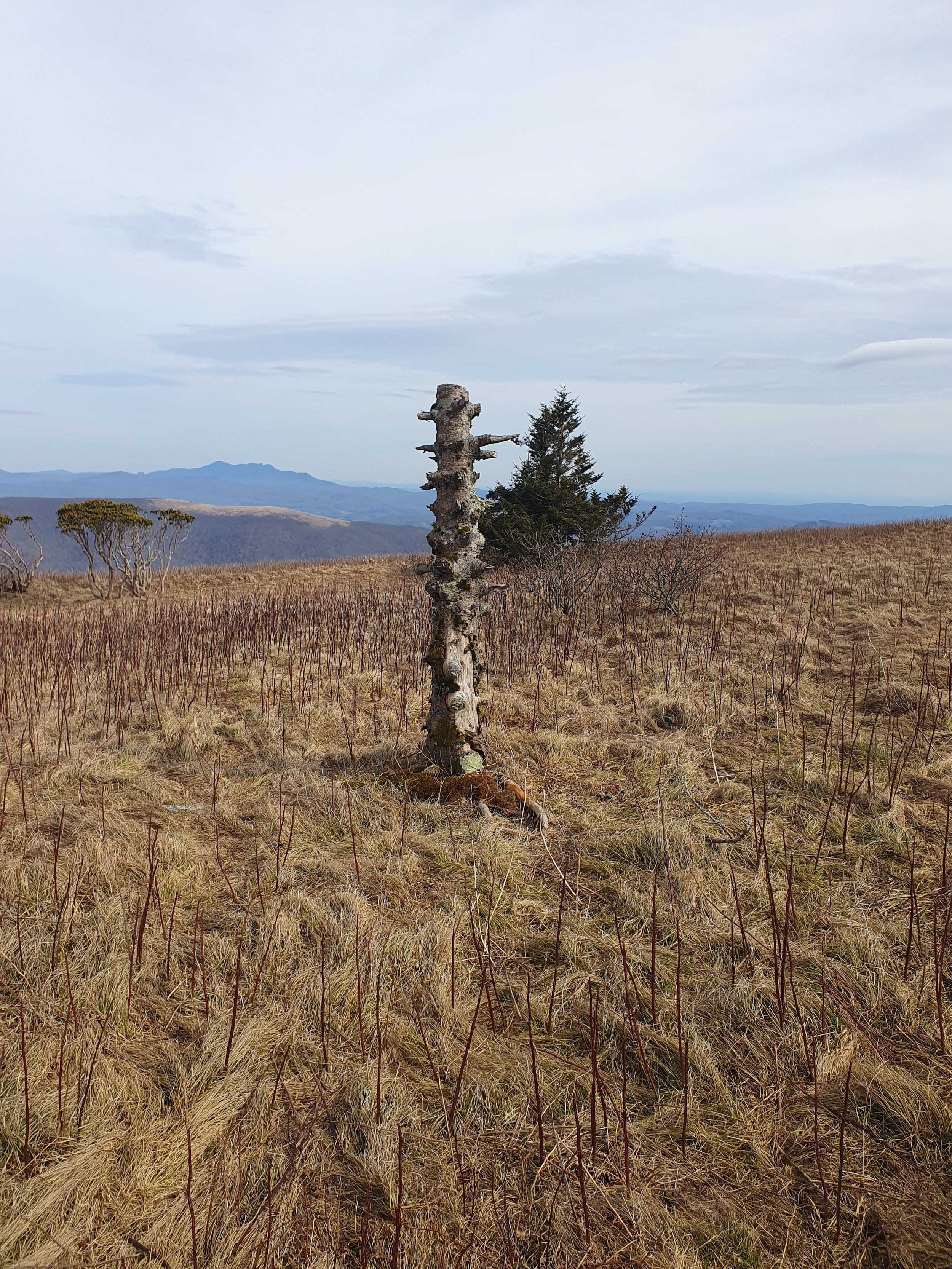

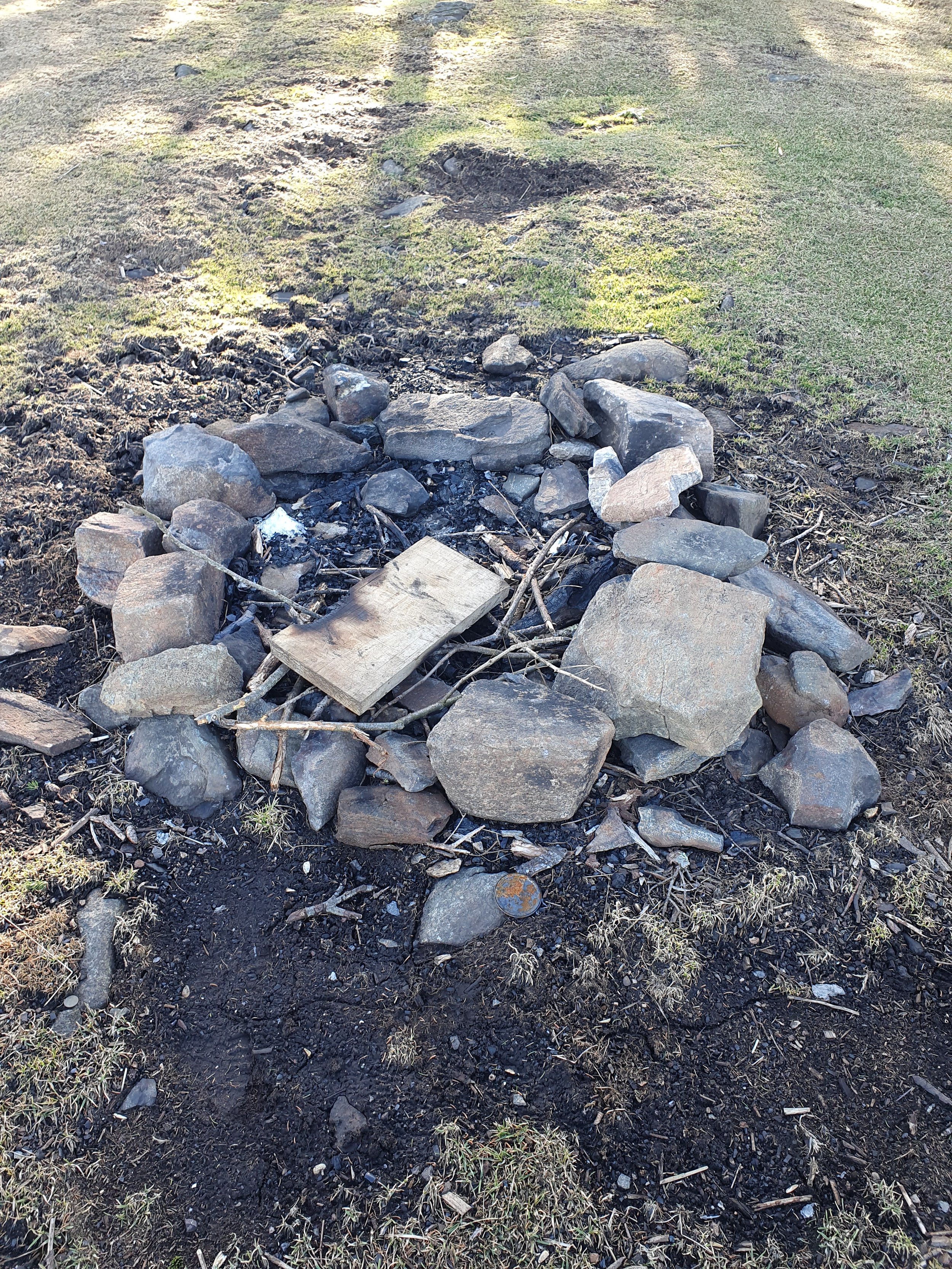

Why It Matters
These conditions are especially worrisome since the Roan Highlands area is home to so many sensitive species that depend on its unique ecosystems. In addition to dozens of rare and endemic species, the region hosts five federally endangered species and one federally threatened species. This includes three endangered plants (Roan Mountain bluet, rock gnome lichen, and spreading avens), one threatened plant (Blue Ridge goldenrod), and two endangered animals - the Carolina northern flying squirrel (pictured) and spruce fir moss spider. As such, protecting this area is critically important.
Image: N.C. Wildlife Resources Commission
Slideshow: damages at Roan Highlands from irresponsible use (photos by SAHC, USFS)

Invasive species such as the balsam wooly adelgid beetle, habitat destruction, climate change, and pollution are some major threats to these species. The beetle destroys trees that the Carolina northern flying squirrel and spruce fir moss spider depend upon. Hikers and campers who leave trash behind and cut wood from trees pose major risks to these species. Many sensitive plants at Roan can also be hurt by human touch. The Gray’s lily, for example, has been decimated by Lily Leaf Spot Disease – a fungal disease which is spread by human contact.
Image: Appalachian Trail Conservancy

How You Can Help:
Stay on official trails only.
Do not touch plants.
Always follow the 7 Leave No Trace principles.
Never cut live wood from trees or bring in outside firewood.
Only camp and hike in designated areas.
Use the boot brush at the entrance to remove any potential invasive species from shoes.
Always pack out trash and human waste.
Do not geo-tag photos and videos at Roan.
Consider visiting during less busy periods (such as weekdays and the off-season) to help reduce pressure on infrastructure and the environment.
Volunteer with the Southern Appalachian Highlands Conservancy, Tennessee Eastman Hiking and Canoeing Club, or Appalachian Trail Conservancy.
Donate directly to Roan Conservation or one of the organizations that help maintain and protect the area.
Images: Rob Campbell (USFS)



